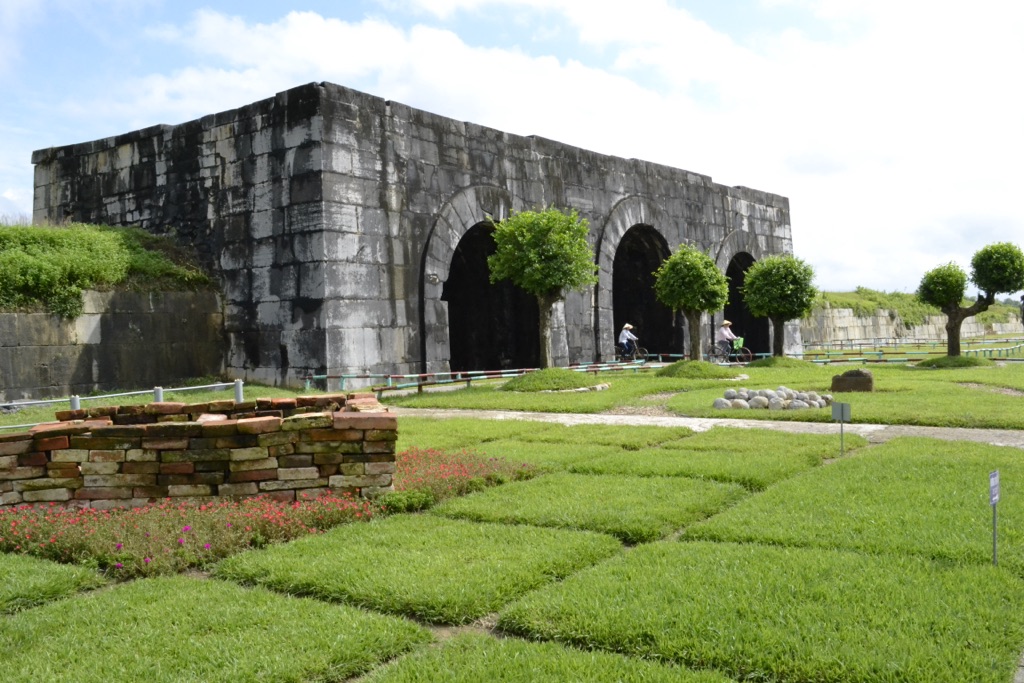The Citadel of the Hồ Dynasty, also known as the Tây Đô castle, is a 14th-century fortress located in Vietnam’s Thanh Hóa Province. It served as the capital of Vietnam from 1398 to 1407 under the Hồ dynasty. This historical site is renowned for its unique stone architecture and impressive construction techniques. In 2011, UNESCO recognized it as a World Heritage site, highlighting its significant value in world history and architecture.
Get your dose of History via Email
Historical Background of The Citadel of the Hồ Dynasty
The Citadel of the Hồ Dynasty was discovered and excavated by Vietnamese archaeologists. Its construction began in 1397 under the direction of Hồ Quý Ly, who later became the first emperor of the Hồ dynasty. The citadel was the administrative and military center of the dynasty until its fall in 1407. After the Hồ dynasty, the citadel saw various inhabitants but gradually fell into disrepair.
Emperor Hồ Quý Ly designed the citadel to be a symbol of the new dynasty’s power. It was strategically located to utilize the Ma River’s natural landscape for defense. The citadel’s construction was a monumental effort, involving massive stone slabs transported from distant quarries. The site was the scene of significant historical events, including the change of dynasties in Vietnam.
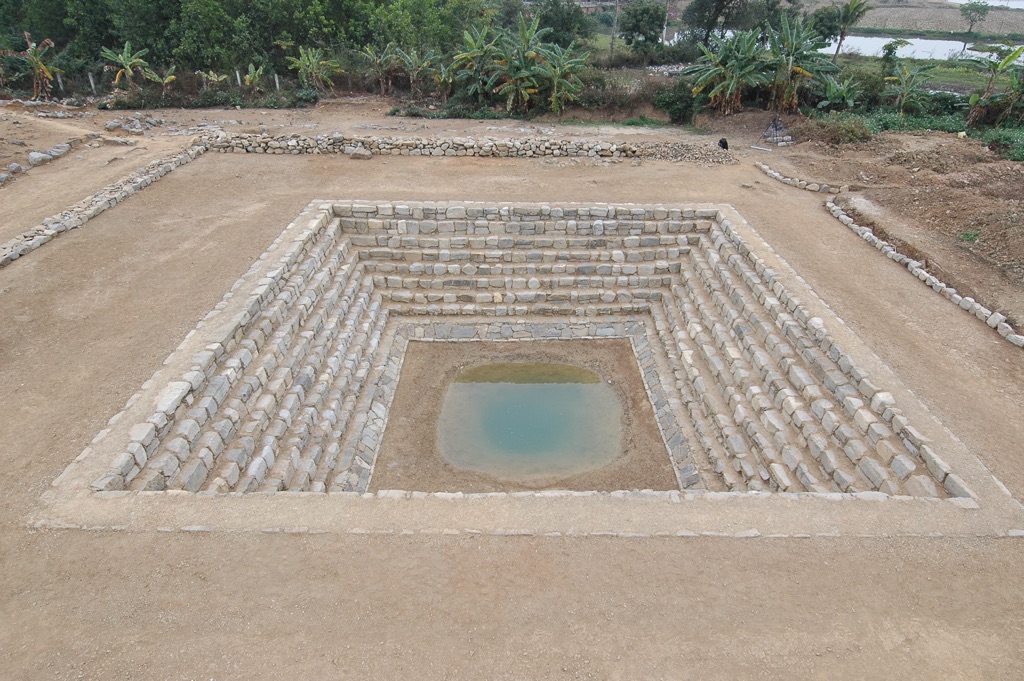
Throughout history, the citadel has witnessed several invasions and occupations. The most notable was the Ming occupation shortly after the Hồ dynasty’s collapse. Despite these tumultuous events, the citadel’s core structure remained intact, showcasing the durability of its construction. Over the centuries, local legends and stories have become intertwined with the site’s history, adding to its cultural significance.
In modern times, the Citadel of the Hồ Dynasty was recognized for its historical importance. Restoration efforts have been undertaken to preserve its remaining structures. The site has become a place of study for historians and archaeologists interested in Vietnam’s past. It also serves as a tourist attraction, drawing visitors interested in its storied history.
The citadel’s discovery and ongoing research have provided valuable insights into the Hồ dynasty’s military strategies and architectural innovations. It stands as a testament to the ingenuity and strength of Vietnamese culture during a pivotal period in the nation’s history.

About The Citadel of the Hồ Dynasty
The Citadel of the Hồ Dynasty is a masterpiece of stone construction. Its walls, built from large limestone blocks, are a testament to the architectural prowess of the era. The citadel encompasses an area of approximately 5.4 square kilometers. Its design reflects both the geomantic principles of feng shui and the military considerations of the time.
The main entrance, known as the Southern Gate, is an iconic feature of the citadel. It is flanked by two stone dragons, symbolizing power and nobility. The inner area of the citadel, where the royal family and the court resided, was meticulously planned. It included palaces, temples, and gardens, all arranged according to Confucian hierarchy.
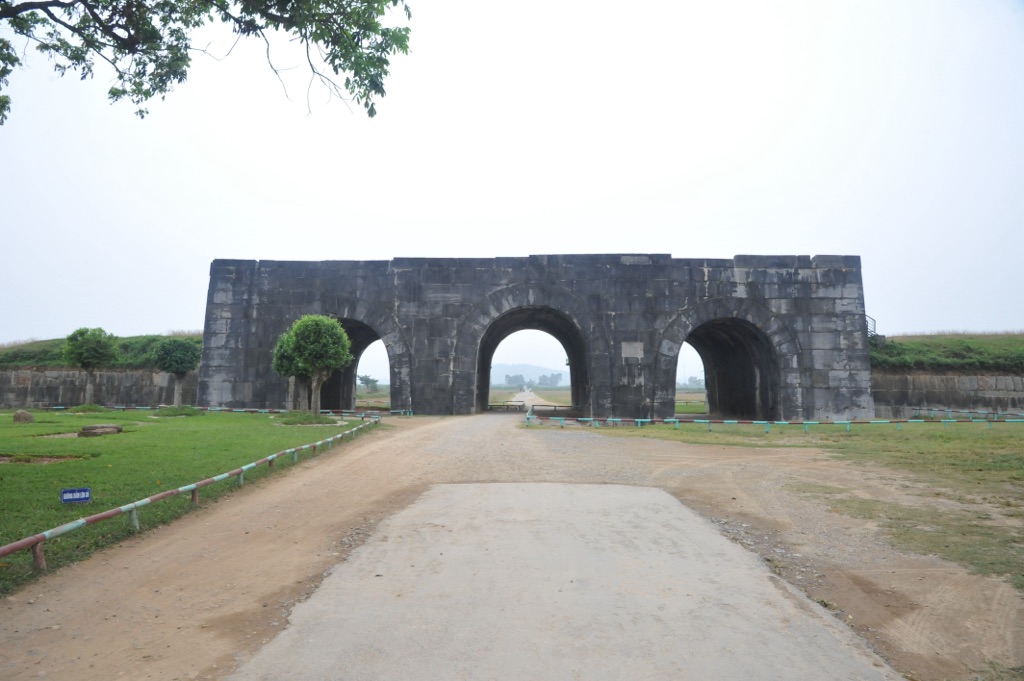
The citadel’s defensive features were advanced for their time. The surrounding walls, up to 10 meters high, were designed to withstand long sieges. Moats and watchtowers further enhanced the citadel’s security. Despite these defenses, the citadel fell to the Ming invaders, marking the end of the Hồ dynasty.
Over the years, natural disasters and human activities have damaged the citadel. However, significant portions of the walls and gates remain. These remnants provide a glimpse into the grandeur of the Hồ dynasty’s capital. The site’s preservation allows for a better understanding of Vietnam’s architectural heritage.
Today, the Citadel of the Hồ Dynasty stands as a cultural relic. It offers insights into the construction techniques and urban planning of a bygone era. The site continues to fascinate both scholars and tourists with its historical and architectural significance.
Theories and Interpretations
Several theories exist about the Citadel of the Hồ Dynasty’s purpose and design. Some historians suggest it was built to assert the Hồ dynasty’s power and legitimacy. Others believe its location and layout were chosen based on feng shui principles to ensure prosperity and protection.
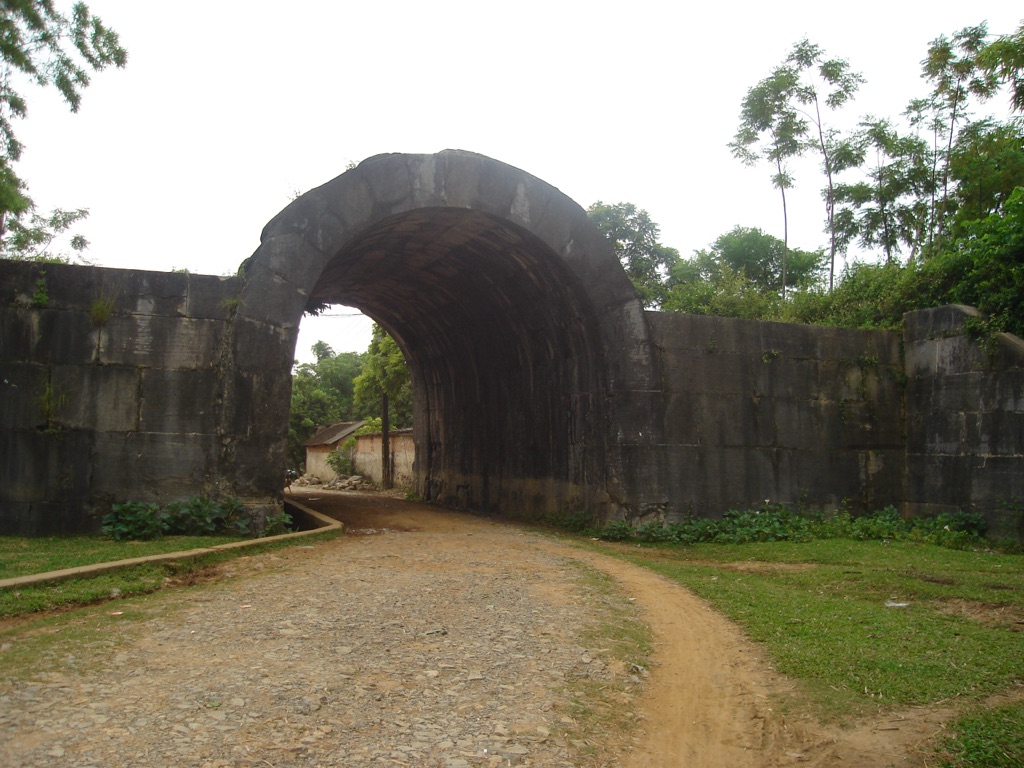
The mysteries of the citadel’s construction have intrigued experts for years. The transportation and assembly of the massive stone blocks remain a topic of speculation. Some theories propose the use of elephants and rolling logs, while others suggest the involvement of a large labor force.
The citadel’s fall to the Ming dynasty has led to various interpretations. Some attribute it to internal strife and weak leadership. Others point to the superior military tactics of the Ming forces. The exact reasons for the citadel’s downfall are still debated among historians.
Archaeological excavations have matched some of the citadel’s features with historical records. However, gaps in the records leave room for interpretation. The site’s exact functions and the daily life within its walls are partially reconstructed from artifacts and ruins.
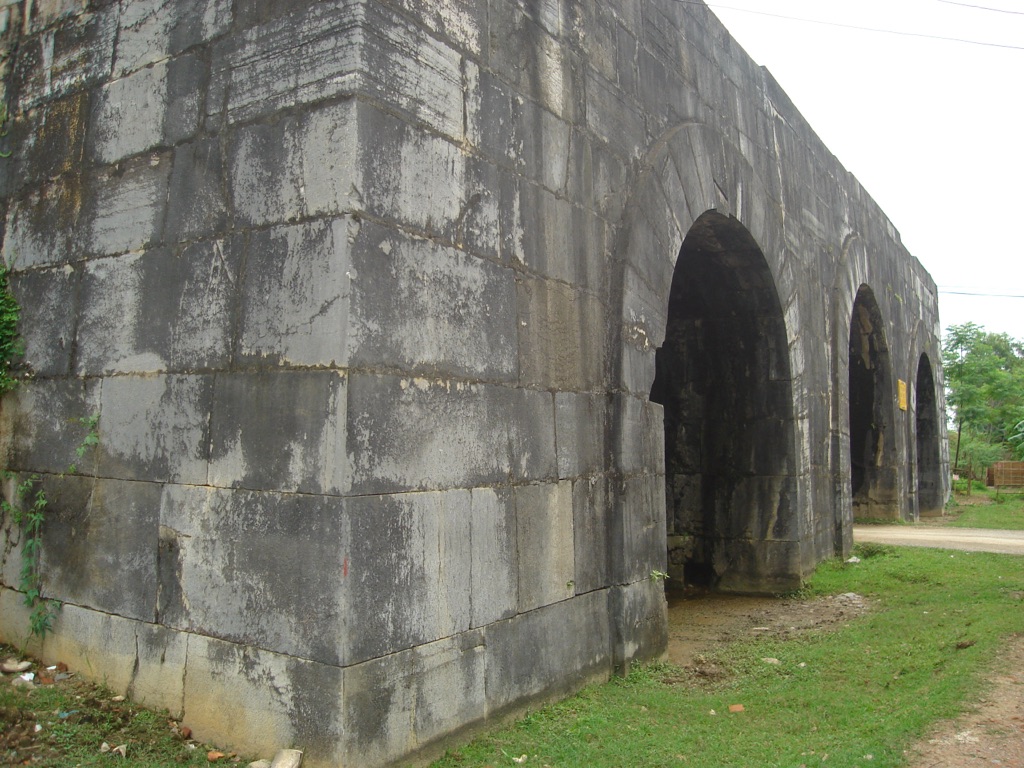
Dating of the citadel has been carried out using various methods. These include stratigraphy, carbon dating, and comparison with historical texts. The consensus places the citadel’s construction in the late 14th century, during the Hồ dynasty’s brief rule over Vietnam.
At a glance
Country: Vietnam
Civilization: Hồ Dynasty
Age: Constructed in 1397 AD
Conclusion and Sources
Reputable sources used in creating this article:
- UNESCO World Heritage Centre – https://whc.unesco.org/en/list/1358/

